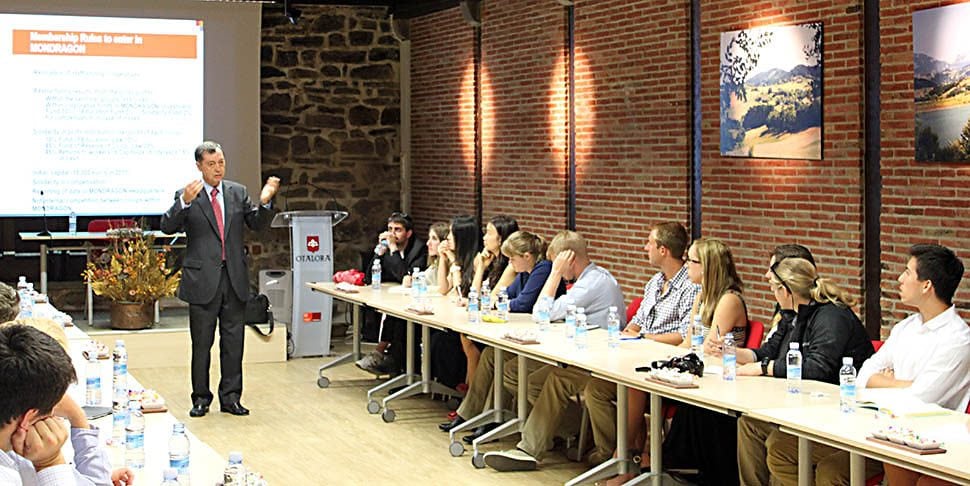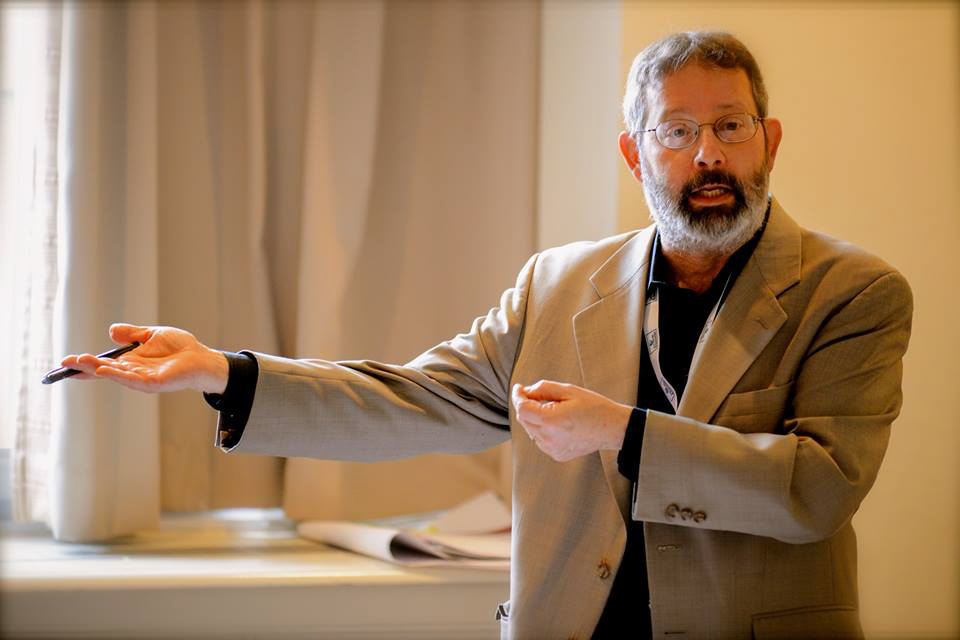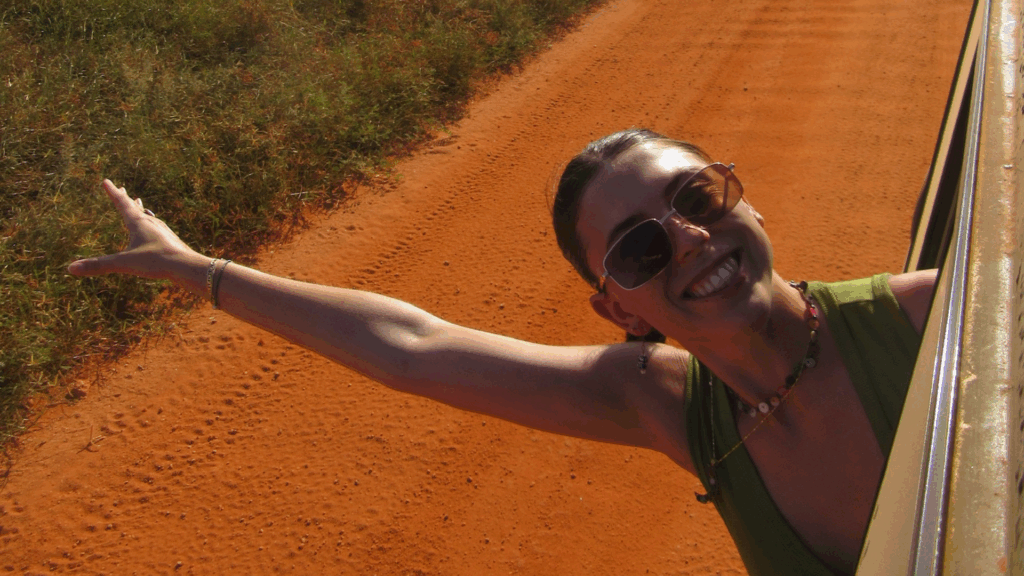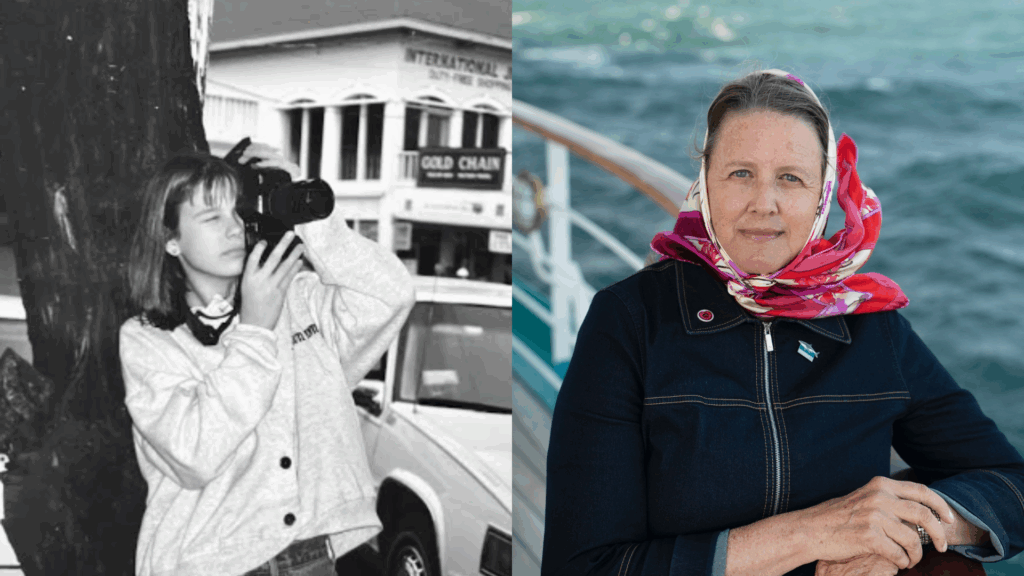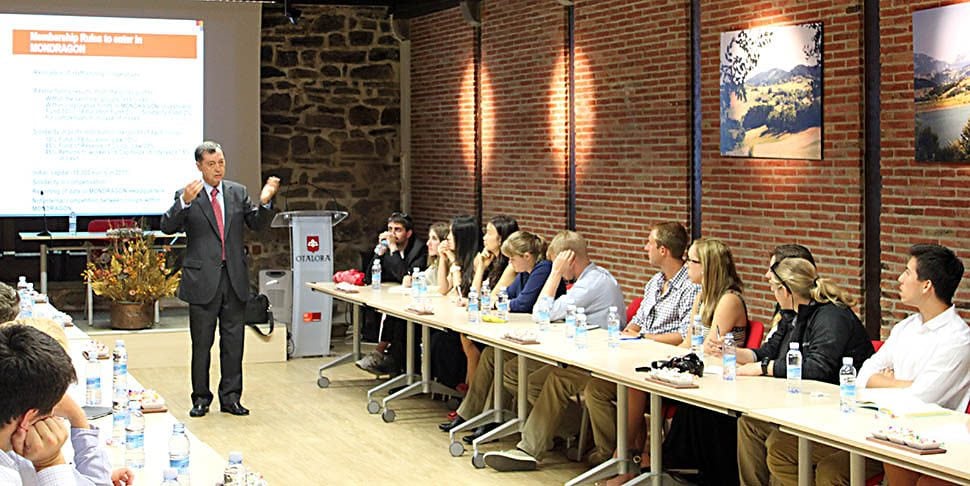 Mondragon Corporation, with headquarters in the Basque region of Spain, is the fourth biggest company in the country, based on gross revenue (which was 13 billion Euros last year). It has businesses in four different sectors: financial (it runs its own bank), industrial (its factories produce automotive parts, construction materials and appliances, among many other products); retail (its popular grocery-store chain Eroski has 2,000 stores throughout Spain); and knowledge (its Mondragon University offers college degrees). Mondragon has sales and production presence on five continents and employs more than 80,000 people around the globe.
Mondragon Corporation, with headquarters in the Basque region of Spain, is the fourth biggest company in the country, based on gross revenue (which was 13 billion Euros last year). It has businesses in four different sectors: financial (it runs its own bank), industrial (its factories produce automotive parts, construction materials and appliances, among many other products); retail (its popular grocery-store chain Eroski has 2,000 stores throughout Spain); and knowledge (its Mondragon University offers college degrees). Mondragon has sales and production presence on five continents and employs more than 80,000 people around the globe.
This may sound like just another big player in the multi-national corporate scene, however Mondragon Corporation is anything but your typical corporation. This company is actually a federation of 110 worker cooperatives. Employees aren’t really employees, but “worker members,” as they all own a piece of the pie. Each new member is required to make an initial investment of 15,000 Euros. In return, they receive annual returns on their investment from all of the cooperatives’ profits. Other benefits for becoming a member worker: job security. In the 60 years of its existence, not one member-worker has been fired, according to Mikel Lezamiz, Director of Co-operative Dissemination at Mondragon.
Students in Mark Peters’ “Economic Development and Entrepreneurship” Global Comparative Lens class sat rapt as Mikel detailed the inner workings of Mondragon during a day-long Field Lab to the corporate headquarters in the town of the same name. Mikel described the company’s democratic governing system, whereby each worker-member gets a vote–and is heard through representation on councils to which workers are appointed. Education is extremely important to Mondragon, as each new council member is prepped with courses on financial literacy, marketing, problem solving and communication skills, and all worker-members get ongoing professional development classes.
Solidarity and social responsibility to the community is also key to Mondragon’s principals: Before profits are distributed to worker-members, 10 percent of its gross profits support social causes, from elder care and vocational training to promoting the heritage of the Basque language and cultural activities. Finally, as the name implies, cooperation among the cooperatives is paramount. Not only do the “cooperatives doing well” support the cooperatives that are not making money (60 of the 110 cooperatives were in the red last year), but members also gather to share innovative ideas regularly. They aren’t competitors.
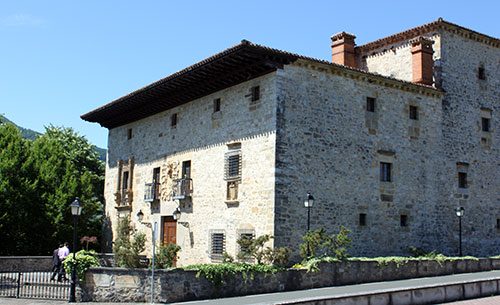
Students were presented with the pros and cons of doing business in a cooperative way. For example, salaries at Mondragon are structured such that the highest earner isn’t making more than six times the lowest earner. Job security (even during the ongoing European financial crisis), ongoing education, a democratic say in the goings-on within the company may all be attractive to new members, but members also know that they may be transferred to a different cooperative at any time–for the good of the whole.
During question-and-answer periods at several points during the excursion to Mondragon, students naturally asked many questions from the perspective of growing up in a capitalist economy. Professor Mark Peters noted, “We’re not here to defend the American style of doing business, nor to poke holes in the Mondragon way, but to understand the big picture of cooperatives, the broad strokes, of what this means on a very large scale.”
Indeed, SAS students were intrigued and curious about the cooperative concept: “This is a fascinating model that I haven’t learned about in my business and economics classes,” said Chris Funaki, who attends University of Southern California.
Kevin McKeon, a student at the University of South Florida, questioned, “Why don’t we see more duplicating of this at home? It seems like many businesses would be ripe for this type of operation.”
And Kate Barlow of Cottey College noted, “The text we read on Mondragon didn’t do it justice. That is, listening to Mikel and touring some of the Mondragon spaces allowed us to take what we read and bring it to life.
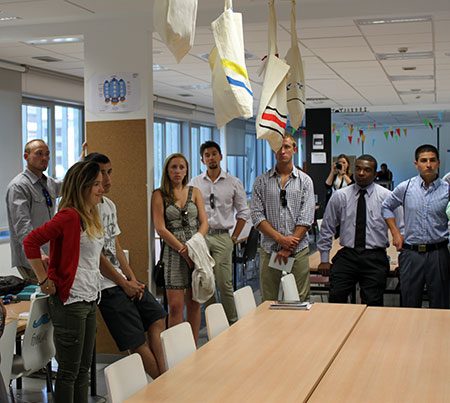
SAS participants in this Field Lab also got a chance to talk with students who attend Mondragon Team Academy, a subset of Mondragon University, which is housed in a modern and airy building with lots of communal workspaces that encourage creativity and collaboration. For their degree in “Leadership, Entrepreneurship and Innovation,” MTA students are put into teams, with whom they stay for four years, and create companies that actually need to earn money (the goal is gross revenue of 5,000 Euros by their fourth year).
MTA students are given plenty of faculty coaching, and they take classes in math, law, economics, English and computer science… but the young students are largely left to their own devices to found their companies. It’s through reading–about, for example, balance sheets, importing and exporting, and marketing–that they gather knowledge; each student is required to read, and report to their team on, 20 to 30 books a year. Student-founded companies might including exporting local foods, creating mobile apps, selling handmade jewelry, or consulting with local businesses. Class trips over their four years of studies include Finland, San Francisco, China and India.
Indeed, many SAS students seemed duly impressed with the offerings and opportunities at Mondragon Team Academy, where students might graduate and continue running the businesses they’d founded; begin their own entrepreneurial endeavors; or get jobs working for long-standing corporations, challenging the “old way” of doing businesses with entrepreneurial and teamwork principals. As the group was leaving Mondragon Team Academy for the hour-long bus trip back to Getxo, where the MV Explorer was docked, one SAS student quipped, “Now I know where I want to transfer.”
